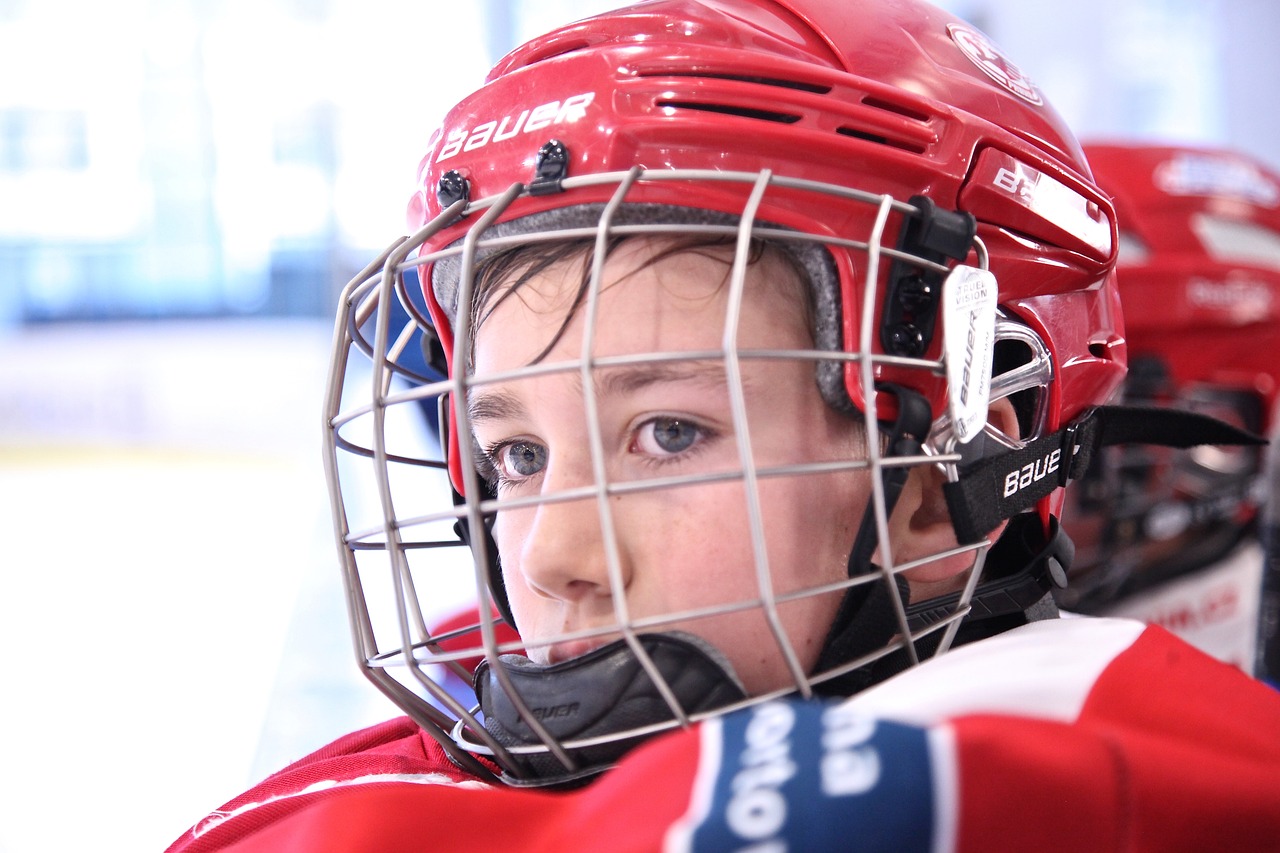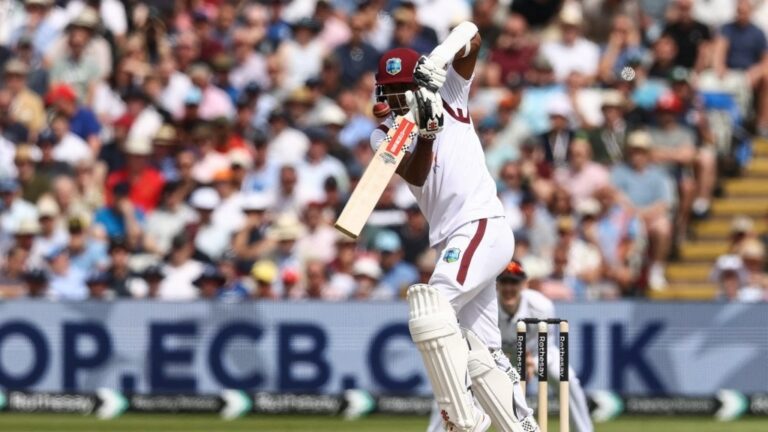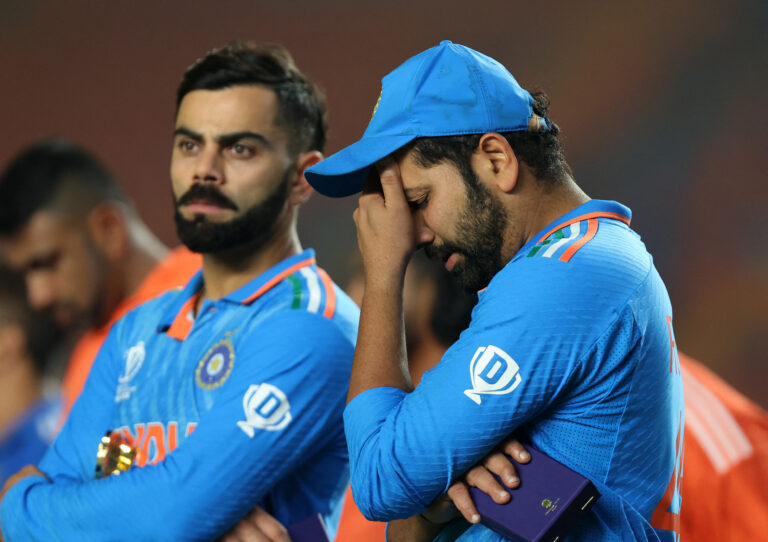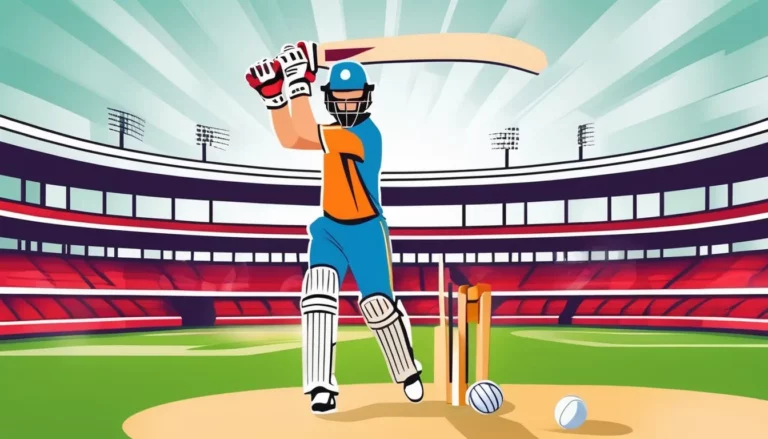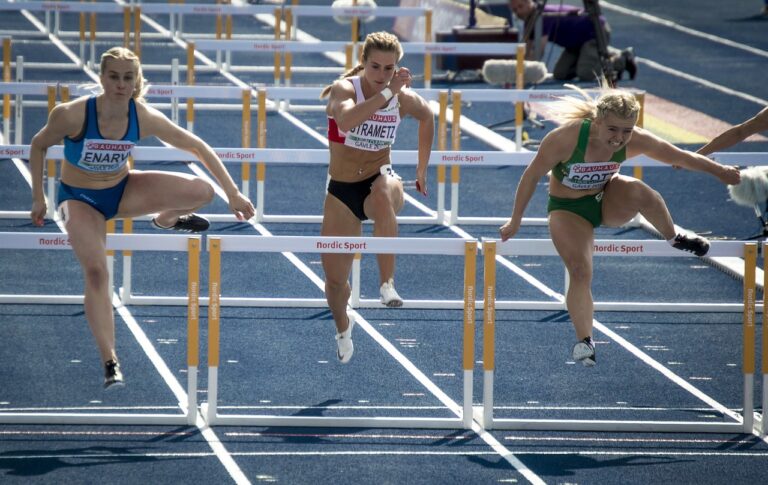The Impact of Cricket on Physical Literacy in Youth
Gold365, Play99exch: Physical literacy encompasses fundamental movement skills that are essential for children to develop a strong foundation in physical activity. These skills include running, jumping, throwing, catching, and balancing. By mastering these basic movements, young individuals can build confidence in participating in various sports and activities, leading to a lifelong commitment to physical fitness and overall well-being.
It is crucial for children to engage in diverse physical activities to enhance their overall physical literacy. Through structured play, sports, and recreational activities, children can improve their coordination, agility, and strength while also fostering social and emotional development. Encouraging children to explore different types of movement and sports not only builds their physical competence but also instills a love for being active and healthy.
Understanding the Importance of Youth Participation in Sports
Youth participation in sports plays a crucial role in promoting overall physical health and well-being among young individuals. Engaging in sports activities not only helps in the development of motor skills and coordination but also fosters social interaction and teamwork skills. Additionally, participation in sports can instill important values such as discipline, perseverance, and sportsmanship.
Moreover, involvement in sports during childhood and adolescence has been associated with improved mental health outcomes, including reduced stress, anxiety, and depression. Regular physical activity through sports participation helps in enhancing self-esteem and confidence levels in young people. By encouraging youth to actively participate in sports, we can contribute to their holistic development and set a foundation for a healthier lifestyle in the future.
How Cricket Can Improve Physical Fitness in Young People
Cricket, often portrayed as a strategic sport requiring skill and precision, offers an avenue for young people to enhance their physical fitness levels. The dynamic movements involved in batting, bowling, and fielding require agility and coordination, contributing to overall strength and flexibility development. Moreover, the fast-paced nature of the game demands bursts of sprinting and quick changes in direction, fostering cardiovascular endurance and speed in players.
Engaging in cricket also promotes muscle development and hand-eye coordination, as players continuously work on mastering various techniques such as timing their shots and executing precise throws. The repetitive nature of certain skills in cricket, like bowling or hitting the ball, helps in building muscle memory and enhancing neuromuscular coordination. Additionally, the camaraderie and teamwork involved in playing cricket encourage young individuals to communicate effectively, improve social skills, and develop a sense of unity within the team.

